These Argentine sites include natural formations and historical landmarks. The selection presents canyons, caves, national parks, mountains, salt flats, thermal springs and traditional villages. Each location provides insights into the country's geology, history and culture.
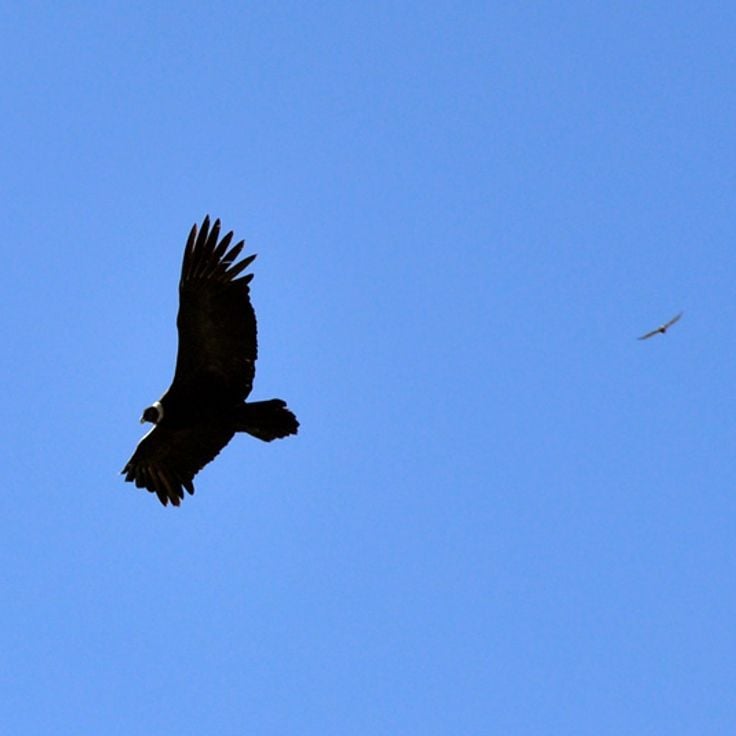
La Rioja, Argentina
This canyon provides visitors with opportunities to observe Andean condors in their natural habitat during flight patterns.
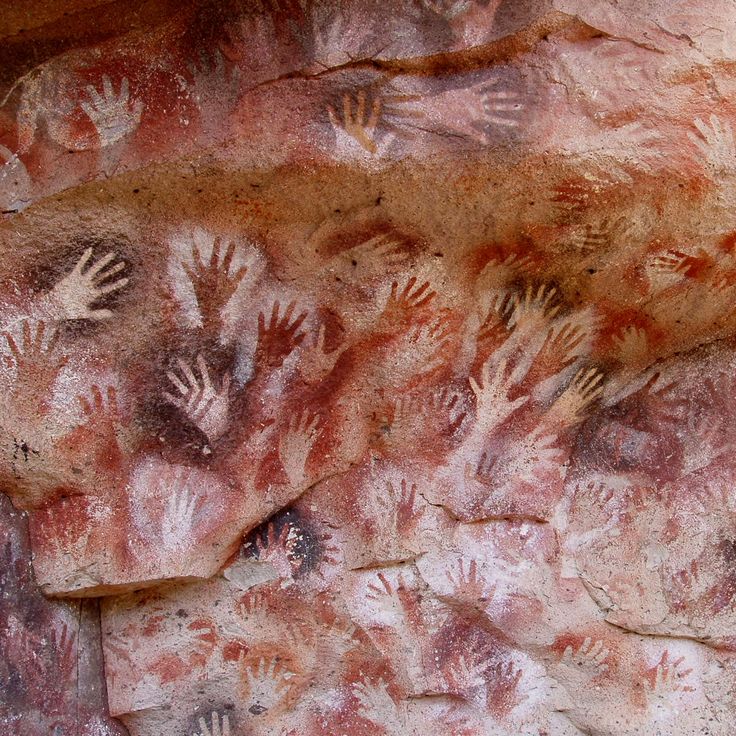
Santa Cruz, Argentina
This cave contains hand prints and hunting scenes painted by indigenous peoples 13000 years ago in red ochre.
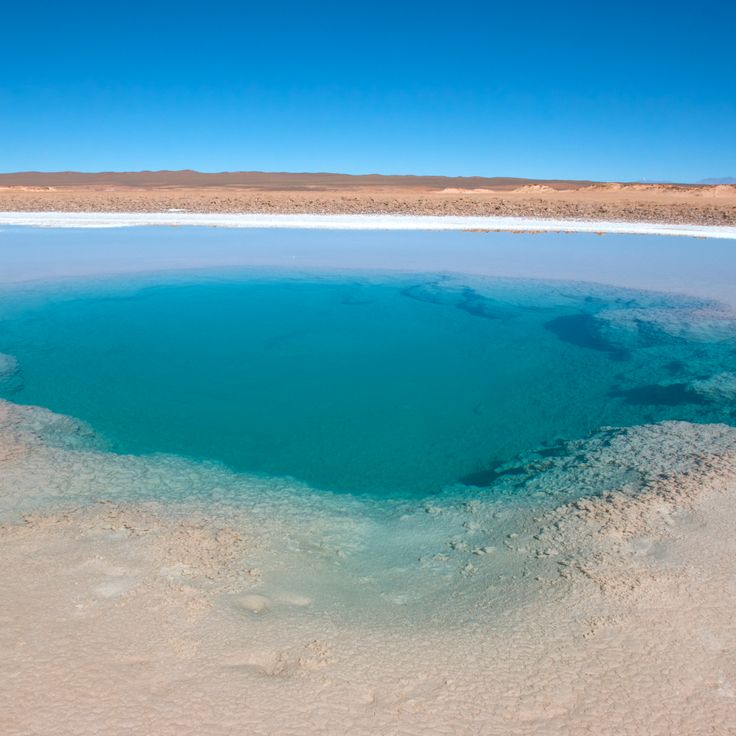
Salta, Argentina
A natural water basin amid the salt desert, fed by underground springs with minerals visible through clear water.
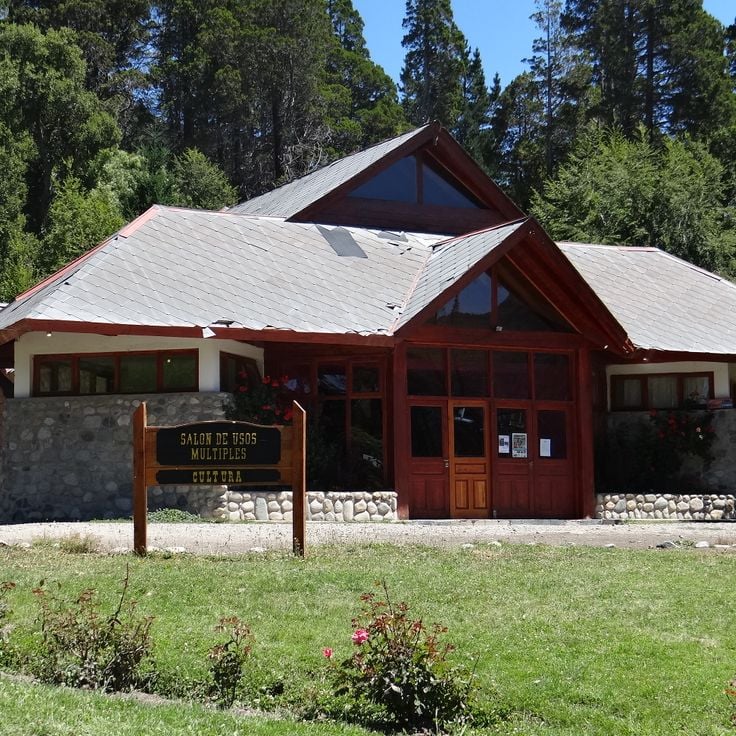
Neuquén, Argentina
A village of 400 residents on Lake Traful's shore, surrounded by forests and mountains in northern Patagonia.
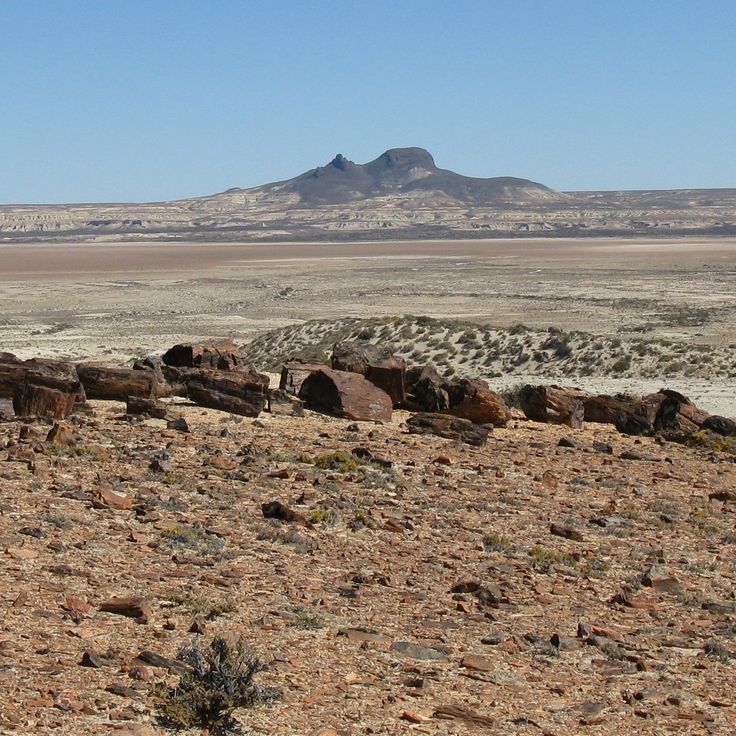
Santa Cruz, Argentina
A 15,000-hectare area containing Jurassic era petrified araucaria trees. The fossil specimens reach diameters of 3 meters.
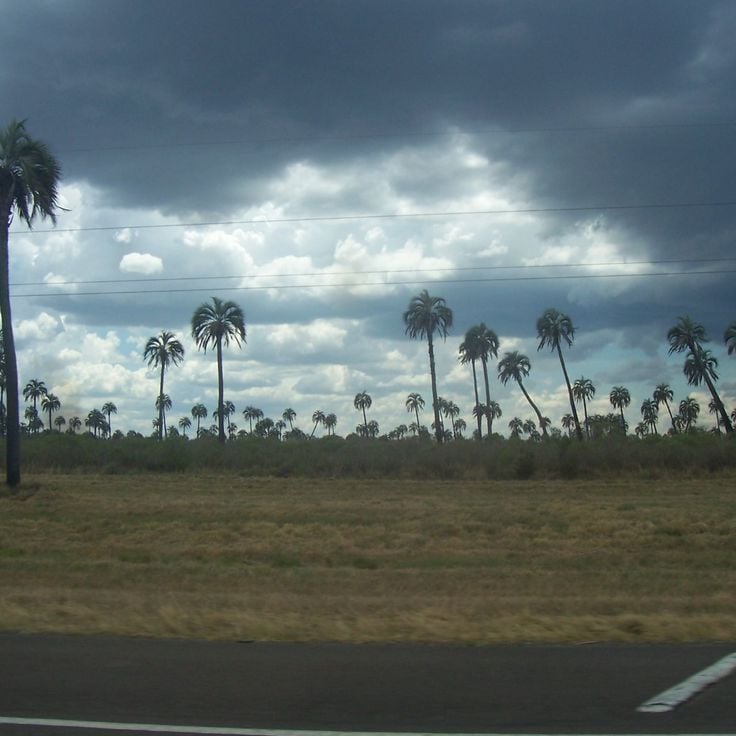
Entre Ríos, Argentina
Nature reserve with 8,500 hectares of Yatay palms. The park hosts armadillos, rheas, and over 200 bird species.
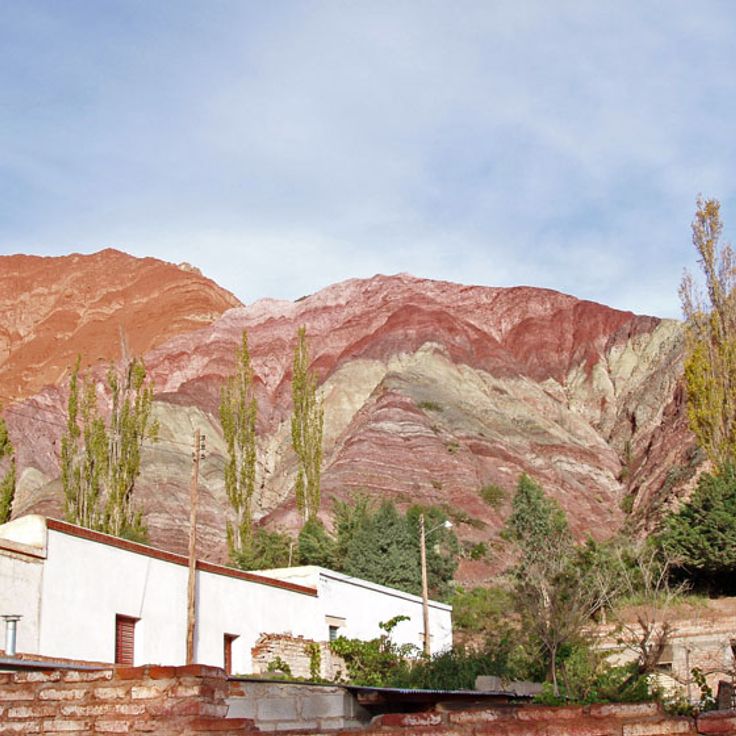
Jujuy, Argentina
155-kilometer valley with red and purple rock formations. Site of pre-Columbian settlements and Inca trade routes.
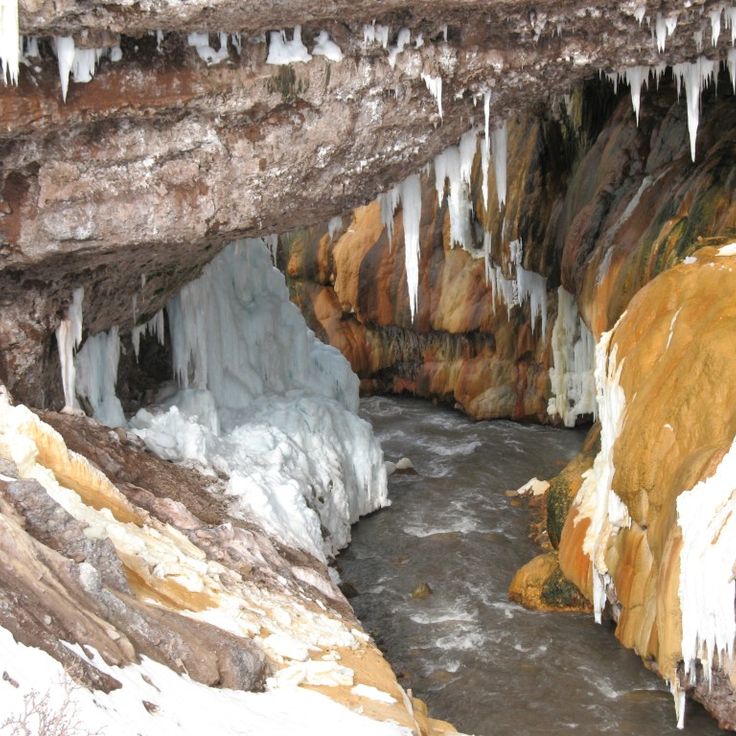
Mendoza, Argentina
Mineral stone bridge 47 meters long, formed by thermal springs. The waters reach temperatures of 35 degrees Celsius.
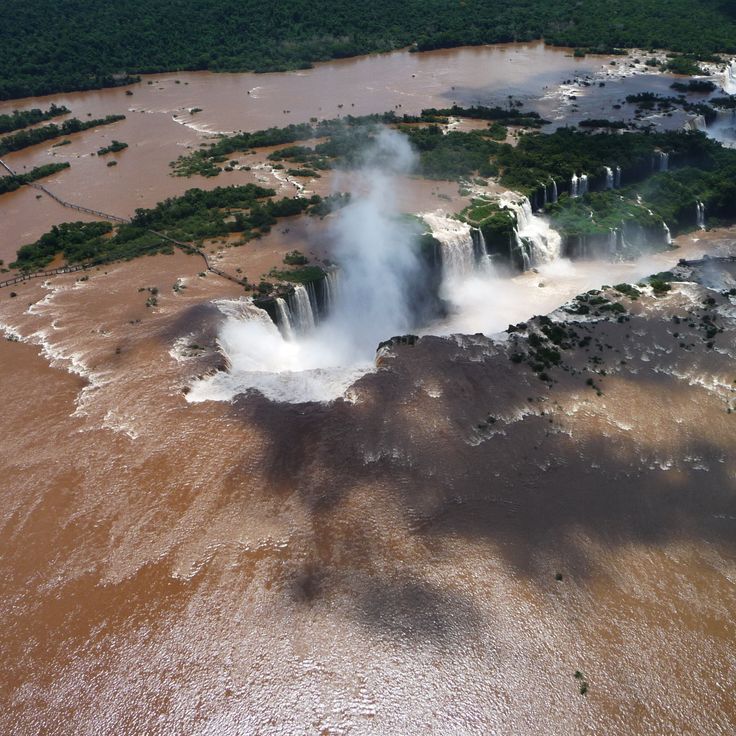
Misiones, Argentina
The 80-meter waterfall drops into a deep gorge. The water creates a constant mist in the surrounding area.
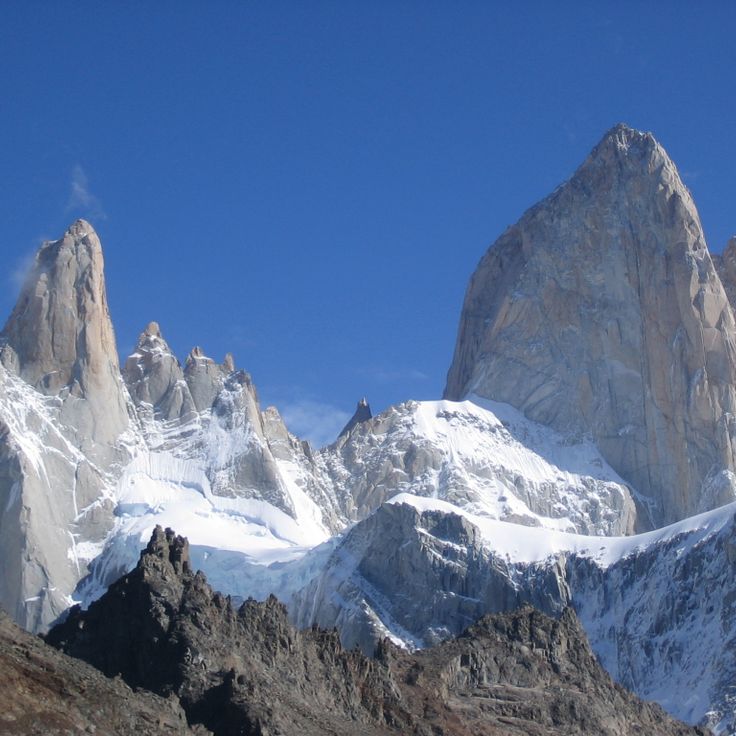
El Chaltén, Argentina
The 3405-meter granite mountain rises above Los Glaciares National Park. The steep walls attract mountain climbers.
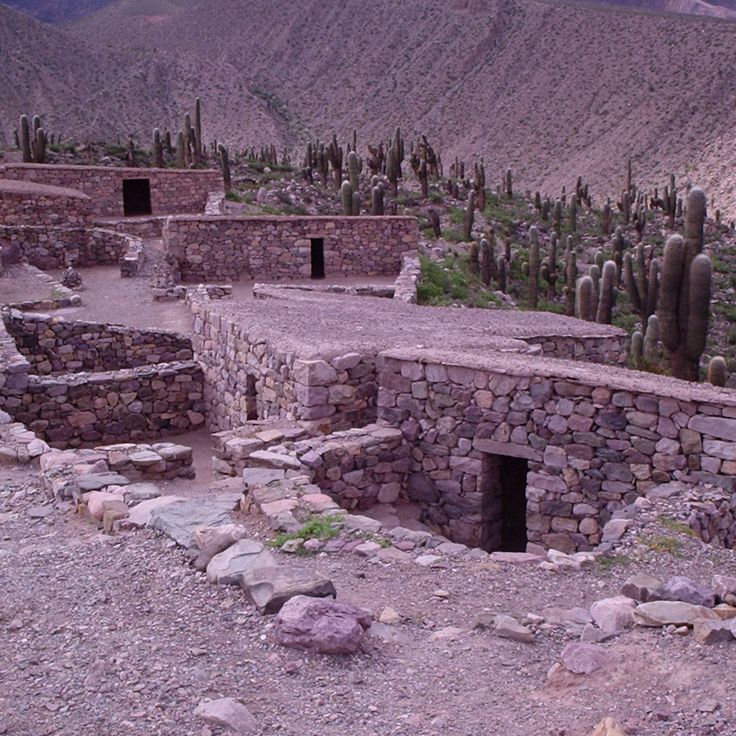
Jujuy, Argentina
The remains of this 12th-century fortress display Omaguaca culture architecture. Stone walls and terraces structure the hill.
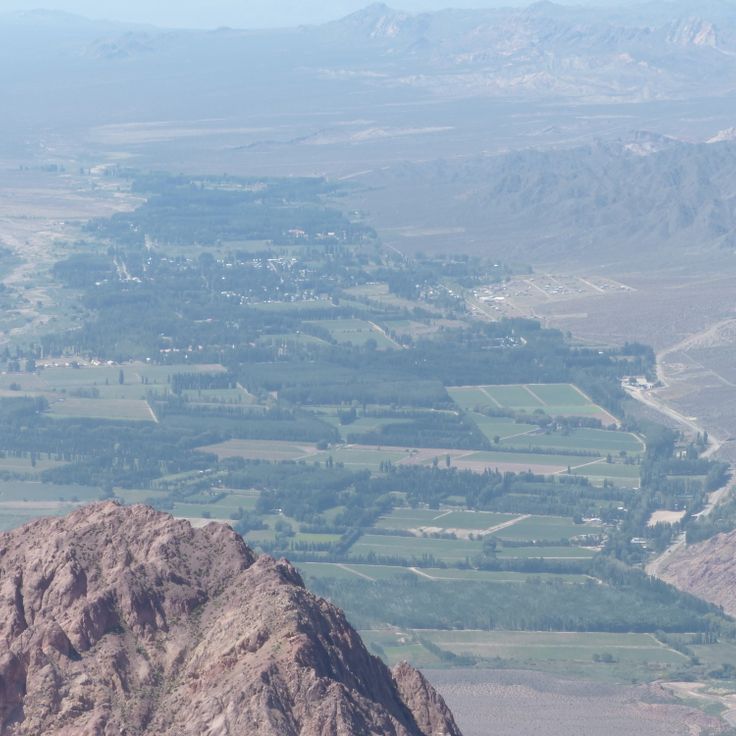
Mendoza, Argentina
The valley connects Argentina with Chile through the Andes. The Inca used this route as a trade path.

Río Negro, Argentina
This river canyon contains turquoise waters and can be explored through marked hiking trails along its edges.
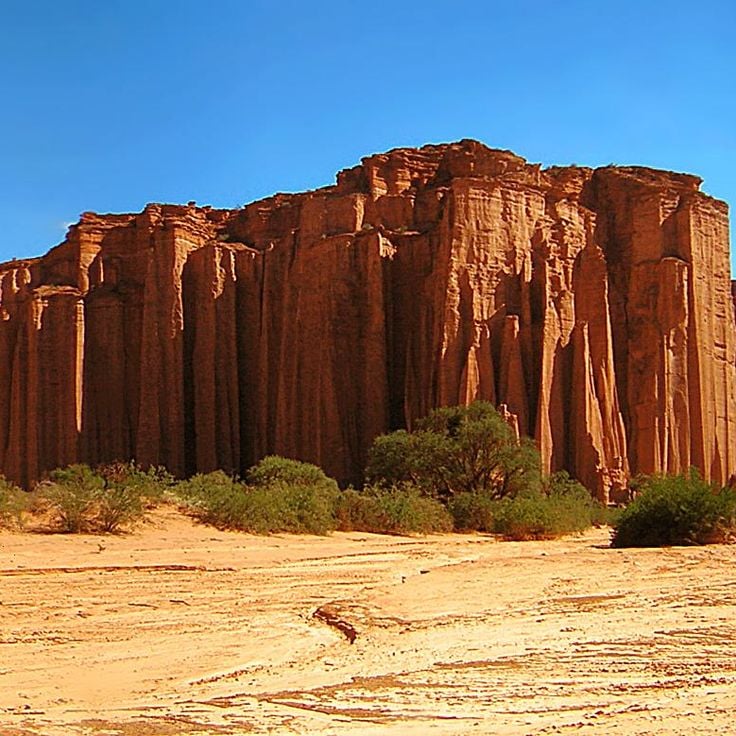
La Rioja, Argentina
Red sandstone cliffs rise 150 meters high. The park contains dinosaur fossils and prehistoric rock art.
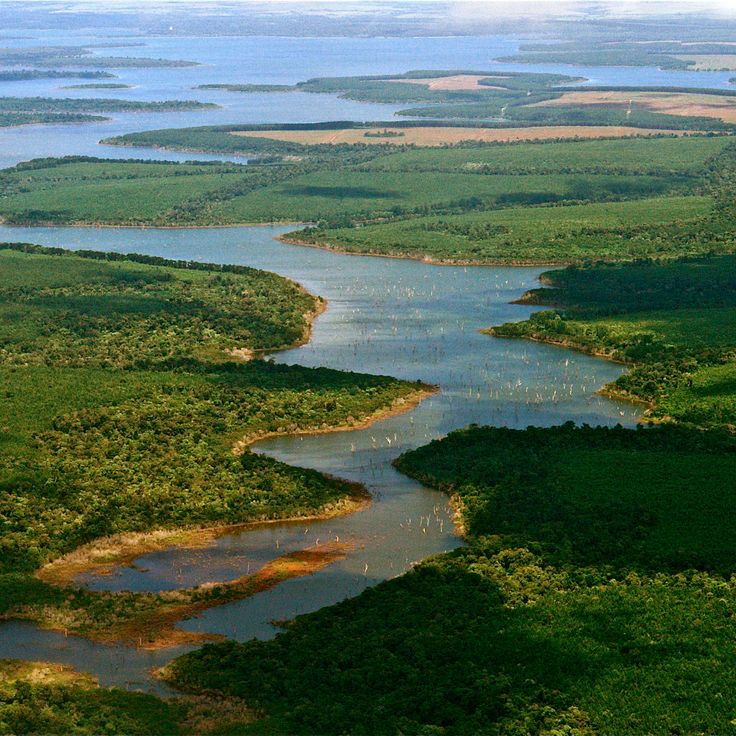
Corrientes, Argentina
These wetlands house capybaras, caimans and over 350 bird species. Visitors can observe wildlife during boat tours.

Jujuy, Argentina
Natural thermal springs with temperatures ranging from 22 to 84 degrees Celsius. The complex sits in an Andean valley.
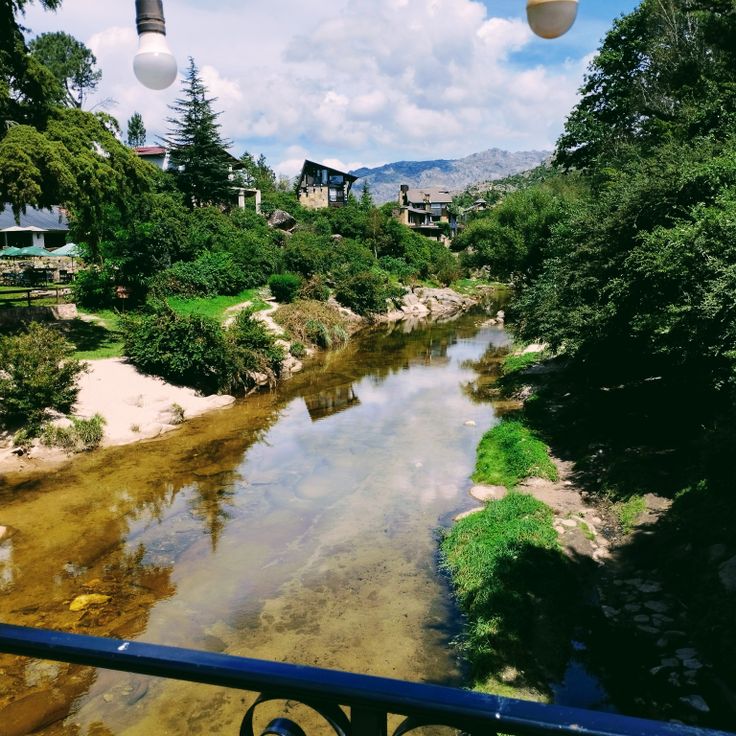
Córdoba, Argentina
German settlement village without car traffic in the Córdoba mountains featuring traditional wooden houses and hiking trails.
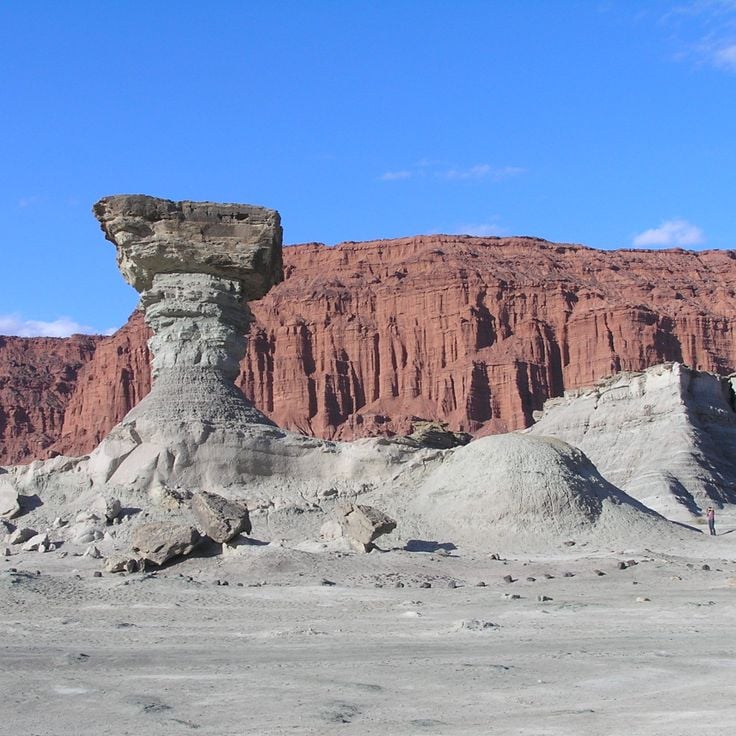
San Juan, Argentina
Red rock formations and fossils from the Triassic period in an arid landscape with geological layers.
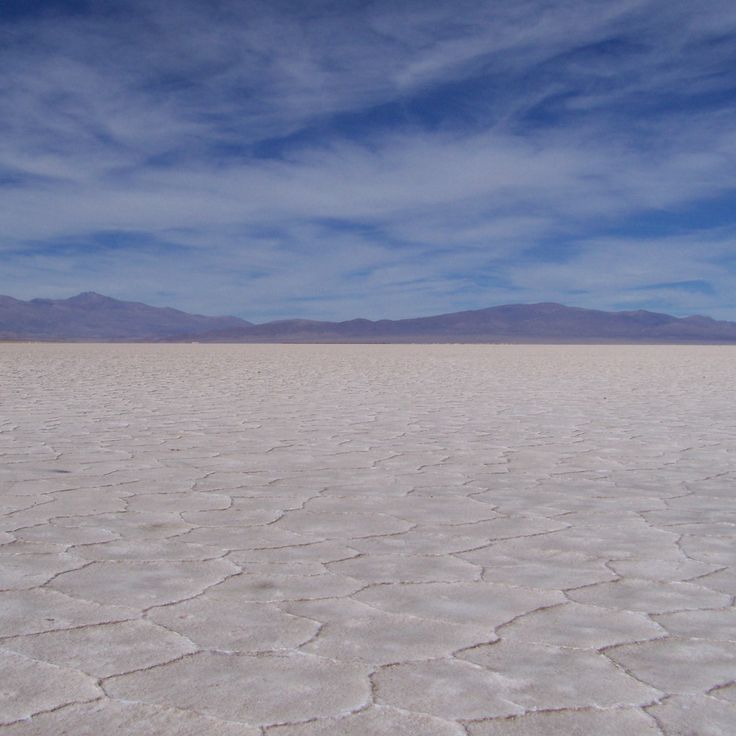
Jujuy, Argentina
Salt lake at 3450 meters altitude with white surface and geometric salt extraction pools.
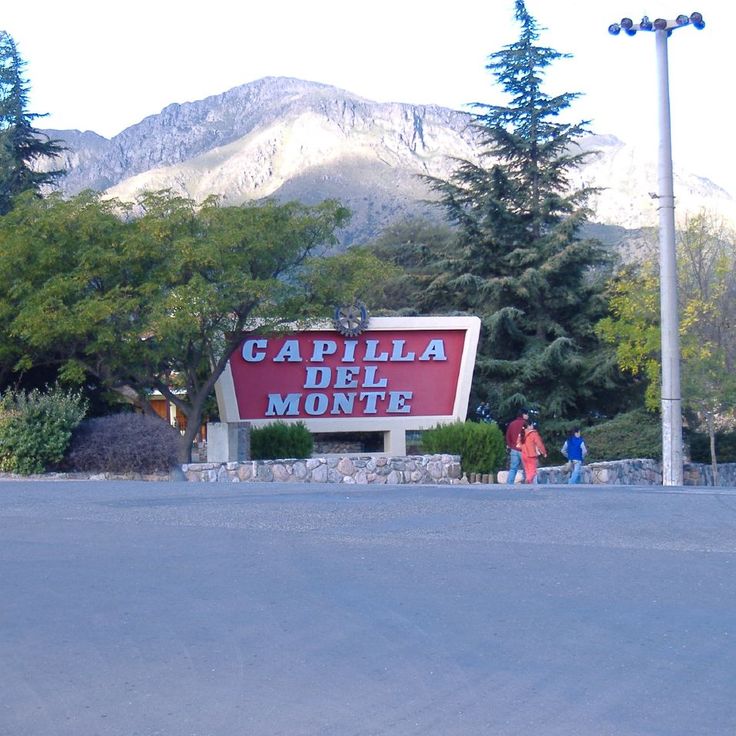
Córdoba, Argentina
Mountain city with the 1979-meter Uritorco peak, hiking trails and mineral deposits in the surroundings.
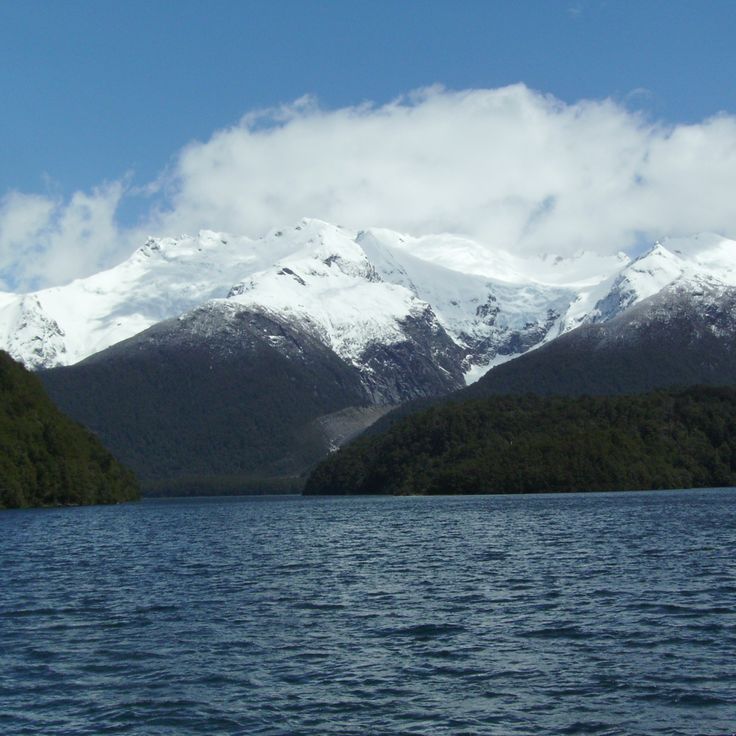
Chubut, Argentina
This 263,000-hectare park contains Alerce trees over 3,000 years old and lakes formed by glacial water.
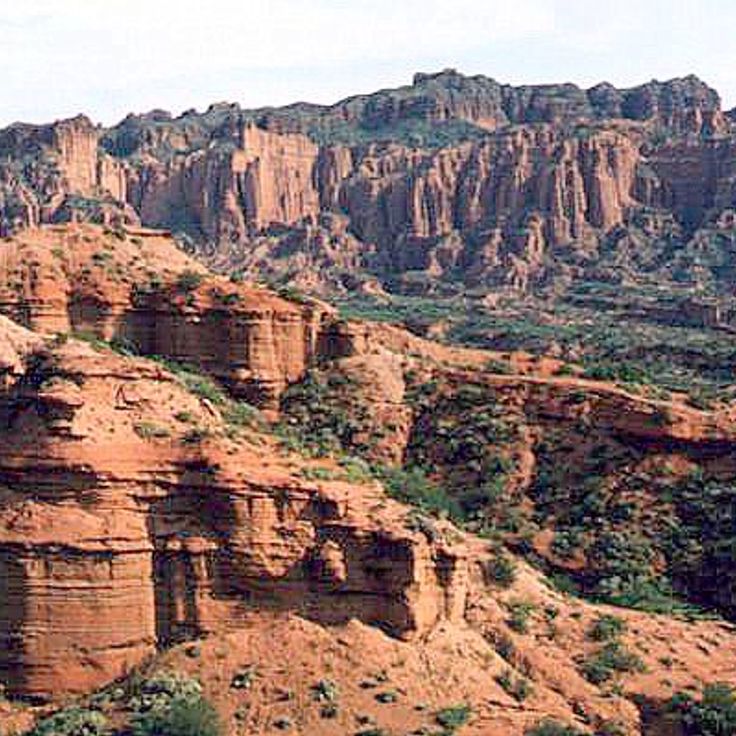
San Luis, Argentina
Red sandstone formations and cliffs rise in this desert region where dinosaur fossils have been discovered.

Buenos Aires, Argentina
The mountain system reaches heights of 1,239 meters and offers routes for climbers of various experience levels.
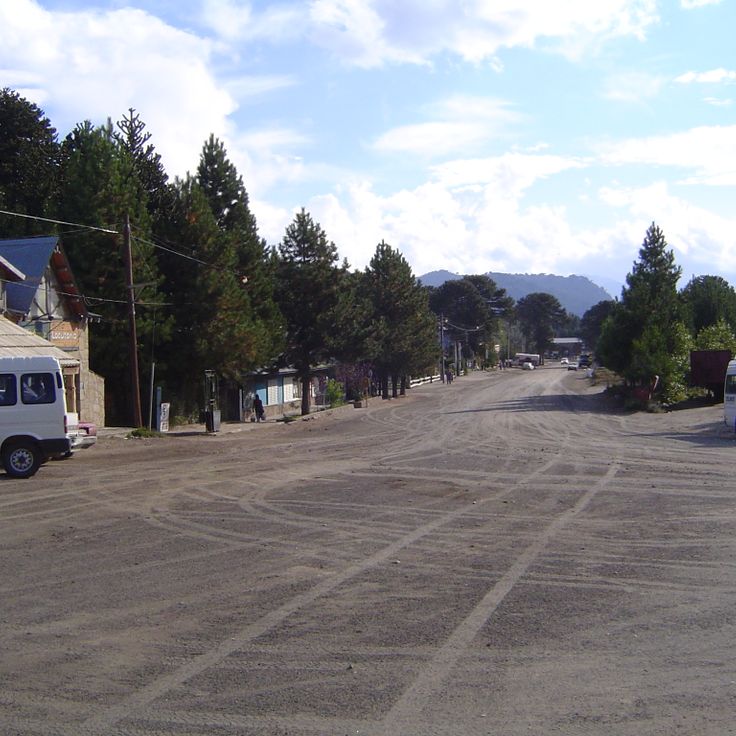
Neuquén, Argentina
This mountain settlement sits at 1,200 meters elevation between two lakes, surrounded by forests with centuries-old monkey puzzle trees.
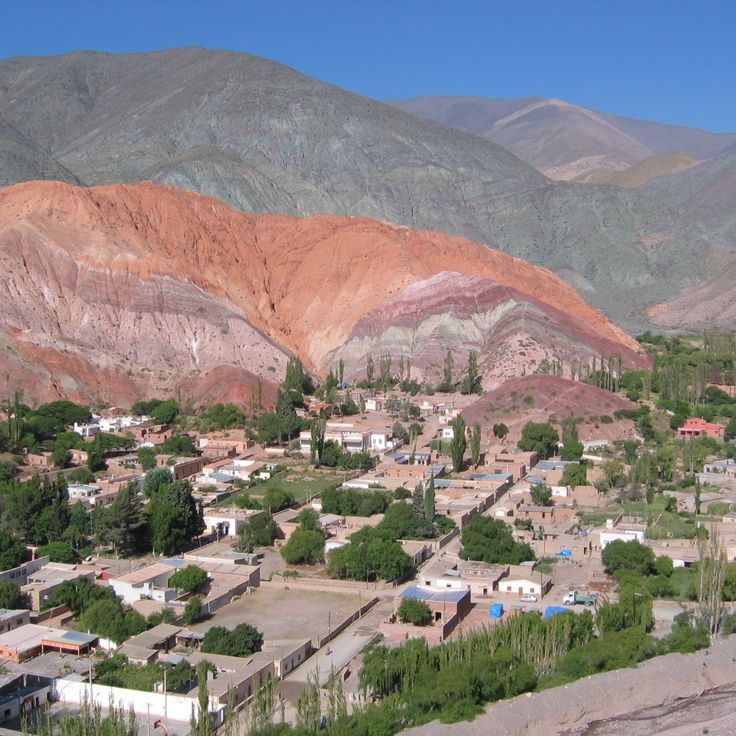
Jujuy, Argentina
This geological formation displays mineral layers in red, yellow, green and other colors.
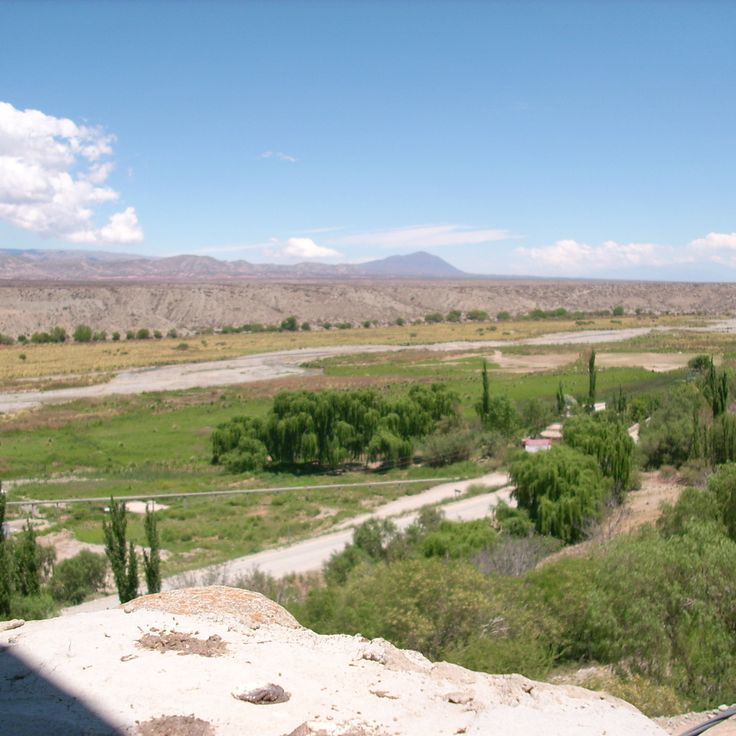
Salta, Argentina
Andean village at 2280 meters altitude with colonial architecture and traditional artisan markets.
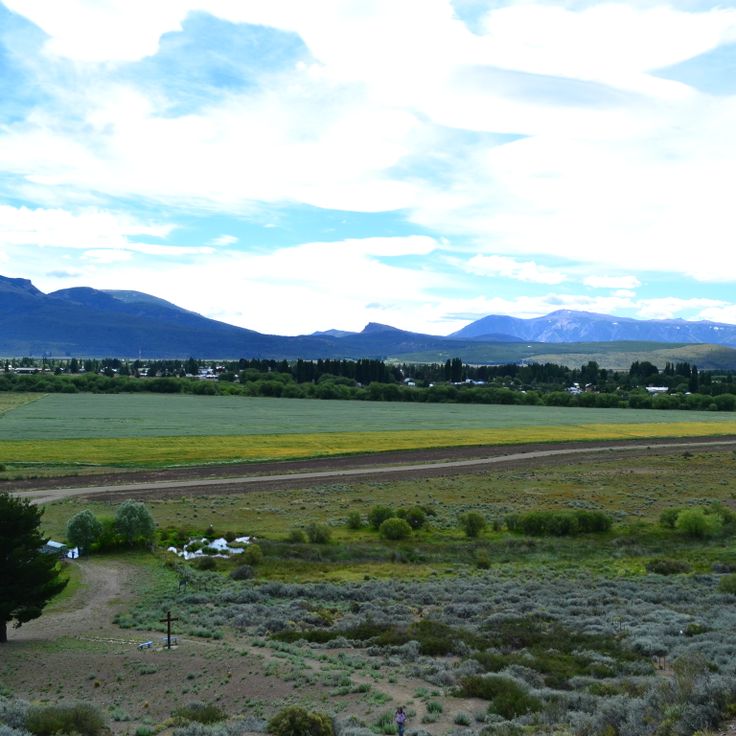
Chubut, Argentina
A railroad town with maintenance workshops for the narrow gauge La Trochita line from the 1920s.

Río Negro, Argentina
Coastal town with limestone caves and beaches where water temperatures reach up to 25 degrees.
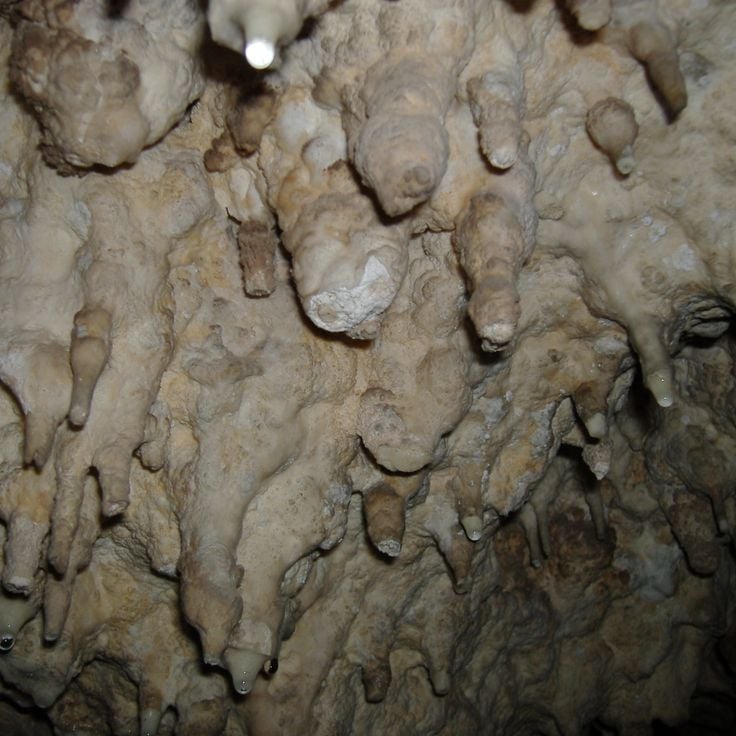
Mendoza, Argentina
A limestone cave system extends 150 meters underground, featuring mineral formations and underground streams. Guided tours require safety equipment and advance reservations.
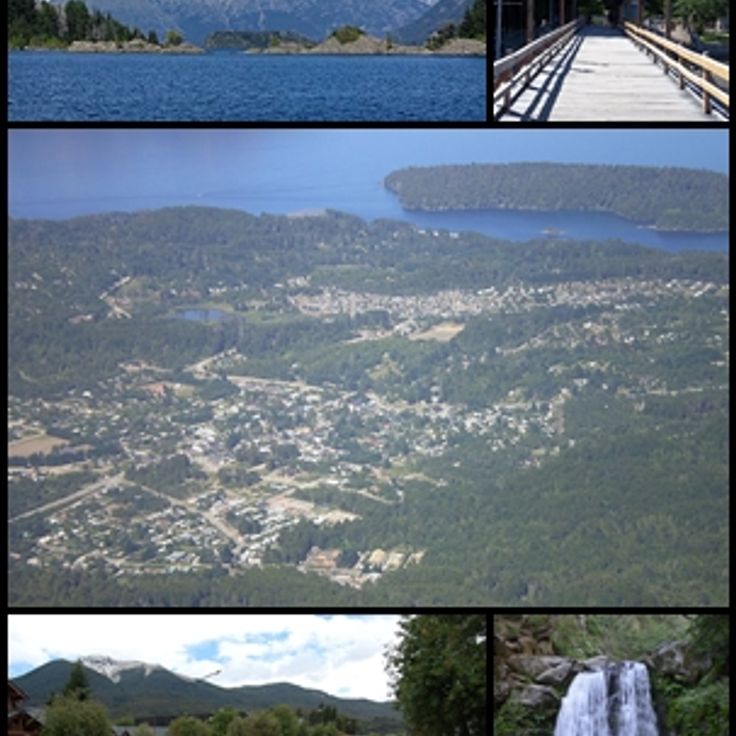
Neuquén, Argentina
Mountain settlement at 1000 meters altitude featuring wooden buildings, stone structures, and views of Lake Nahuel Huapi. The town center includes restaurants serving local cuisine.
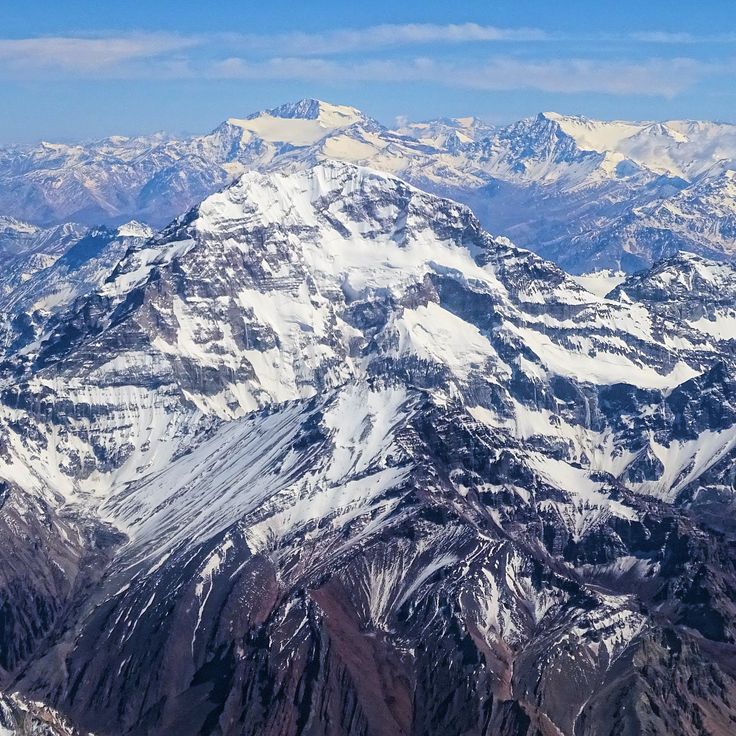
Mendoza, Argentina
Mountain peak reaching 6962 meters in elevation, marking the highest point in both Western and Southern Hemispheres. Multi-day climbing expeditions require permits.
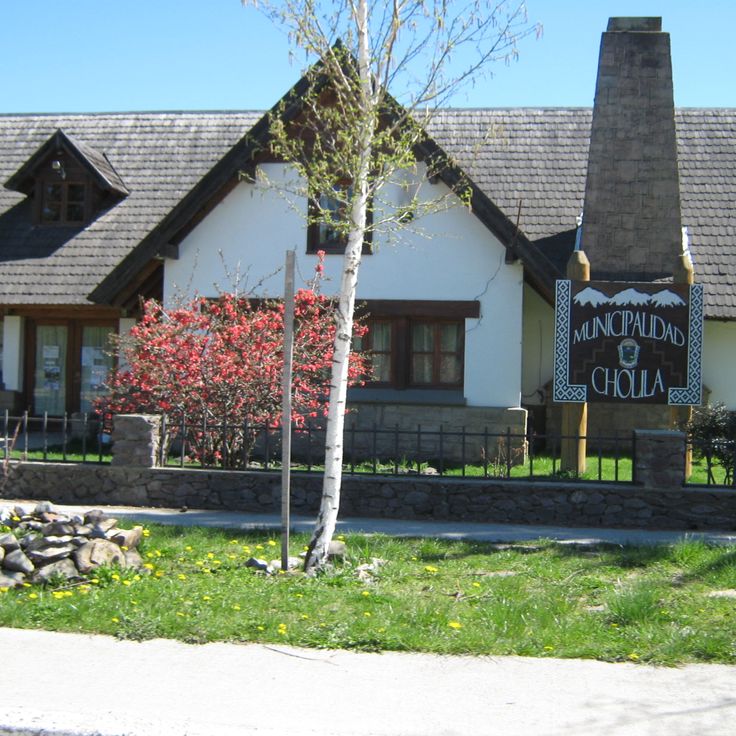
Chubut, Argentina
Agricultural town in Andean valley hosting an annual meat grilling competition in January. The surrounding grasslands support cattle ranching and horse breeding operations.
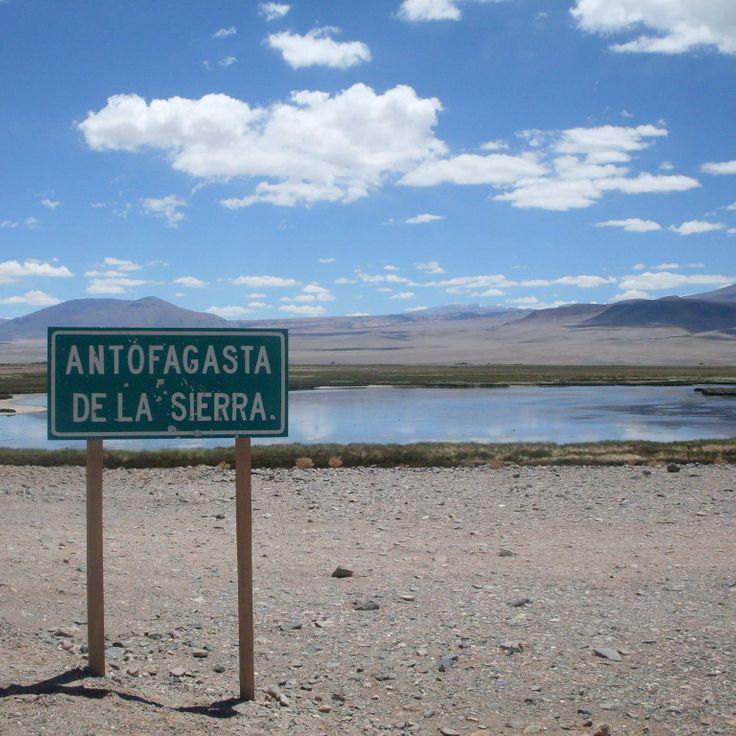
Catamarca, Argentina
The village stands at 3400 meters elevation surrounded by salt flats and volcanic rock formations.

Tucumán, Argentina
The stone remains of this city display the architecture of an indigenous culture from the 17th century.

Corrientes, Argentina
The settlement serves as base for visits to the Iberá wetlands, where capybaras and caimans live.
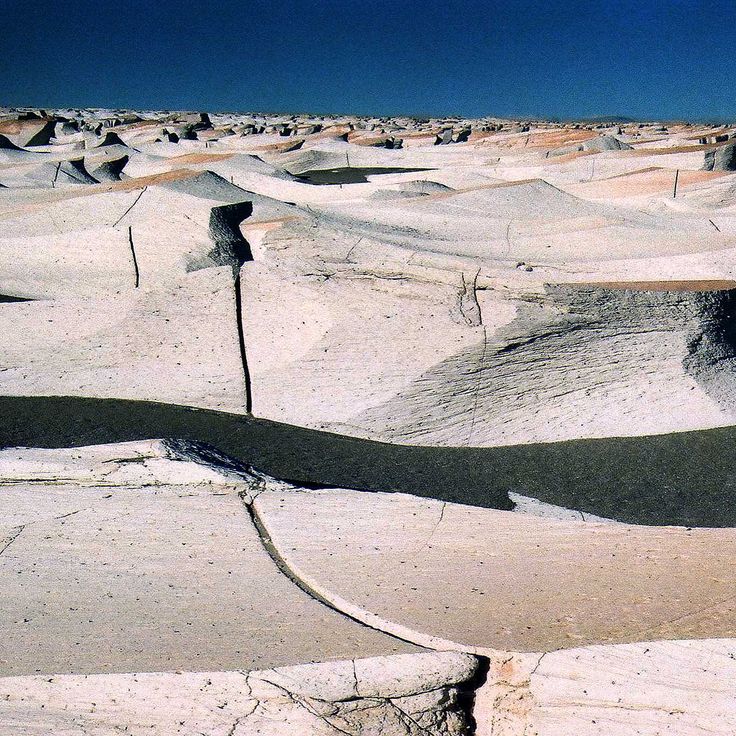
Catamarca, Argentina
A 25 square kilometer area of white pumice rocks, created by volcanic activity millions of years ago.
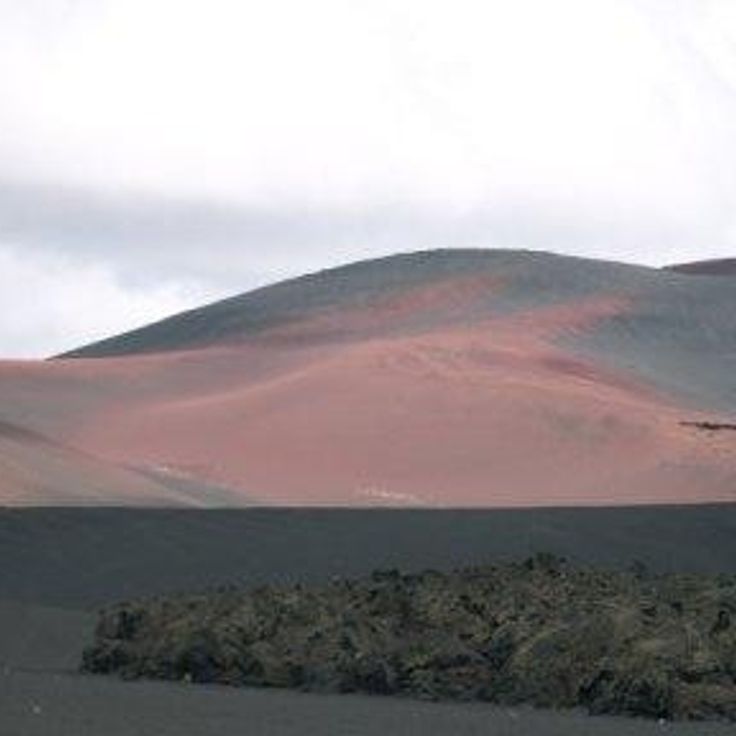
Mendoza, Argentina
A geological area spanning 30,000 square kilometers containing over 800 volcanic cones and black basalt flows.
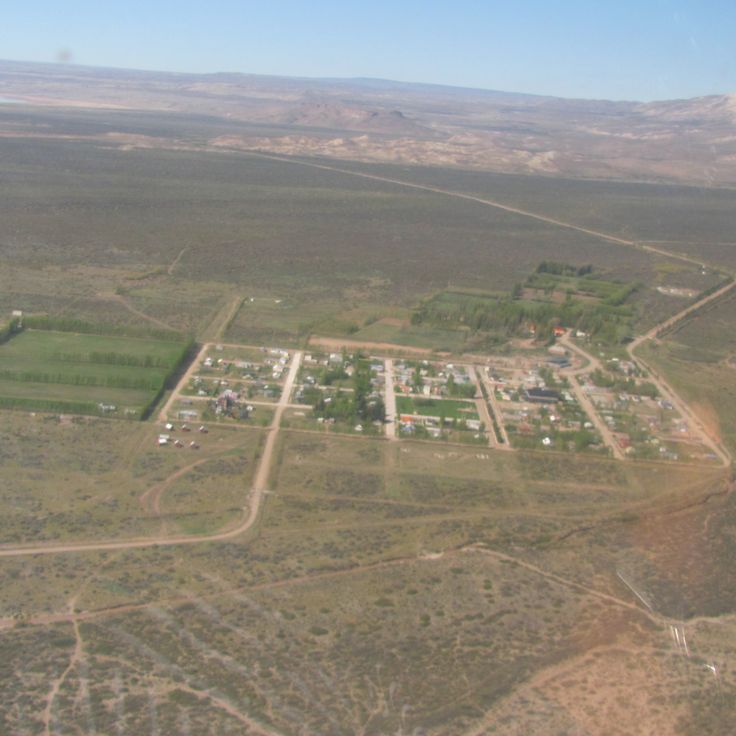
Santa Cruz, Argentina
A natural lake with mineral-rich turquoise water in a landscape of red rocks and cave systems.
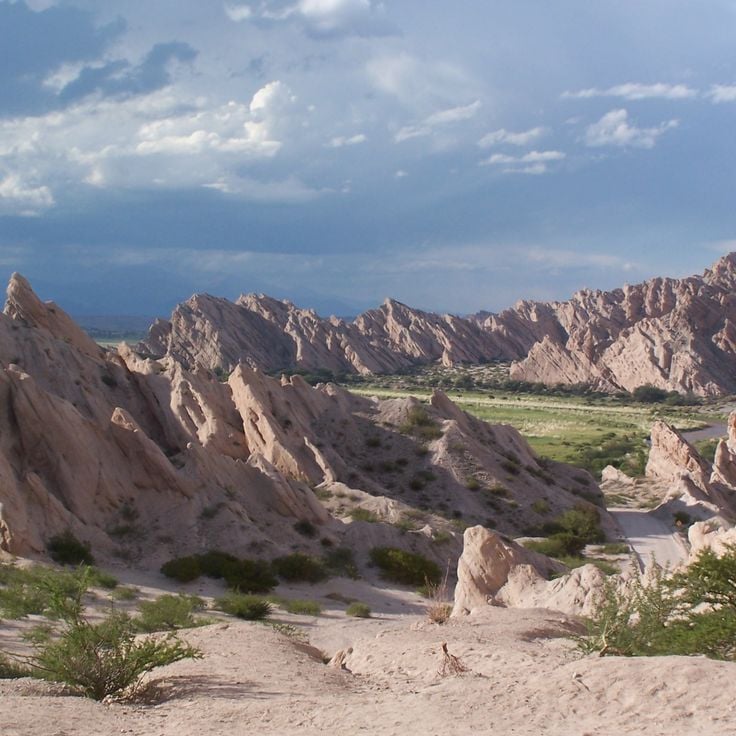
Salta, Argentina
A canyon with 20-meter vertical sandstone rock formations created through erosion over geological time.
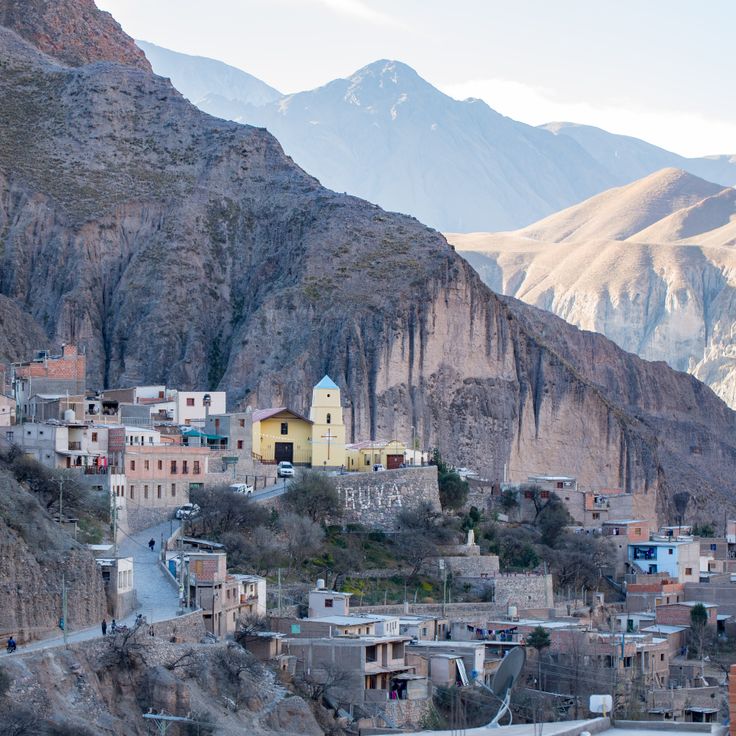
Salta, Argentina
A village at 2,780 meters altitude with adobe houses and steep cobblestone streets between red mountain walls.







































